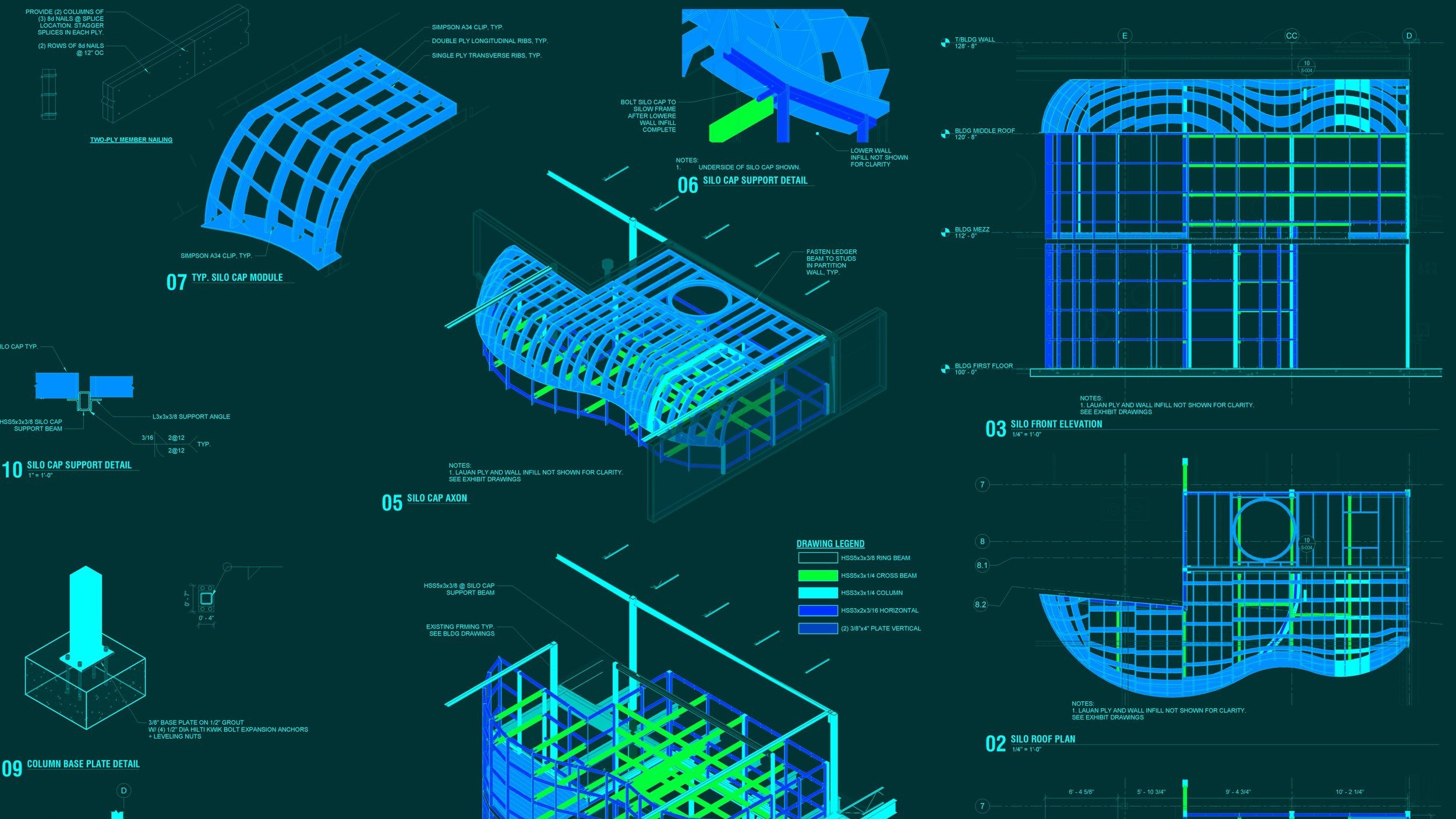Two Approaches to Designing and Building a Museum Exhibit
Brainstorming ideas, developing designs, and building something new for people to enjoy is an incredibly gratifying process. But it can also be a confusing, complicated one. What kind of companies do you need to hire? What are the benefits of separating the process amongst multiple teams versus selecting one team to do everything?
In my experience, there are two main paths to designing and building a museum exhibit; they each have pros and cons. I’ll explain the two approaches to help you understand which might be best for your museum project.
Approach #1: Design + Build
In the first approach, the design and construction functions are united within one company. This is called the Design + Build approach. Several large exhibit fabrication firms also offer in-house design services. These comprehensive one-stop-shops can plan, develop, design, fabricate, and install — all under one roof.
The benefits of this scenario are that there are fewer people to coordinate and fewer contracts to sign. Ultimately all the responsibility to design and fabricate your project rests in the hands of one company. Because most of these contracts are for a predetermined, guaranteed maximum amount, design + build companies are likely to propose designs that have been tried and tested before. This makes sense. If you are responsible for drawing AND swinging a hammer, it’s likely you’ll draw something you’ve built before — if you want to make a profit.
This approach can be easier to manage for museums with limited project bandwidth, and is a great fit for institutions that want a more standardized, tried-and-true product to plug into a given space.
Approach #2: Independent Teams
The second approach employs multiple, separate teams: The Design Team and the Fabrication Team. The Design Team could include exhibit designers, architects, engineers, and owner’s representatives (all of which are also separate but coordinated teams). The Fabrication Team could include exhibit builders, general construction contractors, and project managers.
With this approach, the Design Team plans every detail of the project first, independent from the Fabrication Team, which will be brought on later. After the project is designed, drawings are sent to fabricators for bidding (this is called the Bid Package).
In this scenario, the client can benefit from multiple fabrication teams competing to construct the project’s various components during the bidding process, which can sometimes lower the overall project cost.
Ease vs. Innovation
This primary distinction between the Design + Build and Independent Teams Approaches is neither money nor time savings. Each approach possesses equal opportunities to deliver projects on-time and on-budget.
Broadly speaking, the primary distinction between these two approaches is ease versus innovation.
Design + Build companies can offer a client convenience and ease with a clear relationship that involves fewer contracts, fewer questions about who will do what, and peace of mind that one company will be with you from initial concept, to ribbon-cutting, to servicing your exhibit over the years. If you need a design, build, and installation process to be as easy as possible, the Design + Build approach might be your best option.
Now comes the tough news. Designing and building imaginative things is not an easy process. It’s hard (and joyful) work. It’s complicated. The process is fraught with tiny failures before achieving huge success. Bringing new things to life requires multiple perspectives and varied skill sets brought into the conversation at the right time. Rather than tether the creative process to the fixed capabilities of a single in-house fabrication shop, the Independent Teams Approach prioritizes the design, then finds the specific trades and skills needed to build what has been detailed.
Not only can this approach foster innovative thinking, but it also offers the opportunity to work with craftspeople local to your project. For example: If you hire a Design + Build company, everything for your project will be designed and built in a specific city, boxed up, put on a truck, and shipped to your museum. If you hire Independent Teams, your project can be designed and built by people from multiple locations.
We’ve used local kitchen cabinet makers to build maker’s spaces; the onsite HVAC duct contractors to fabricate basins for a water exhibit; car upholsterers to sew beautiful cushions for a nursing gazebo; steel welders up the street to construct a one-of-a-kind climbing structure. This kind of building-local scrappiness requires a good deal of TRUST, coordination, and experience, but the potential payoffs are a more efficient budget; unexpected artisan involvement; and a project built by and for your community.
Each approach to designing and building your museum exhibit is completely valid. They both have important places in the museum world! Regardless of which approach you take, it’s important to understand the pros and cons and go into these projects with eyes wide open.

